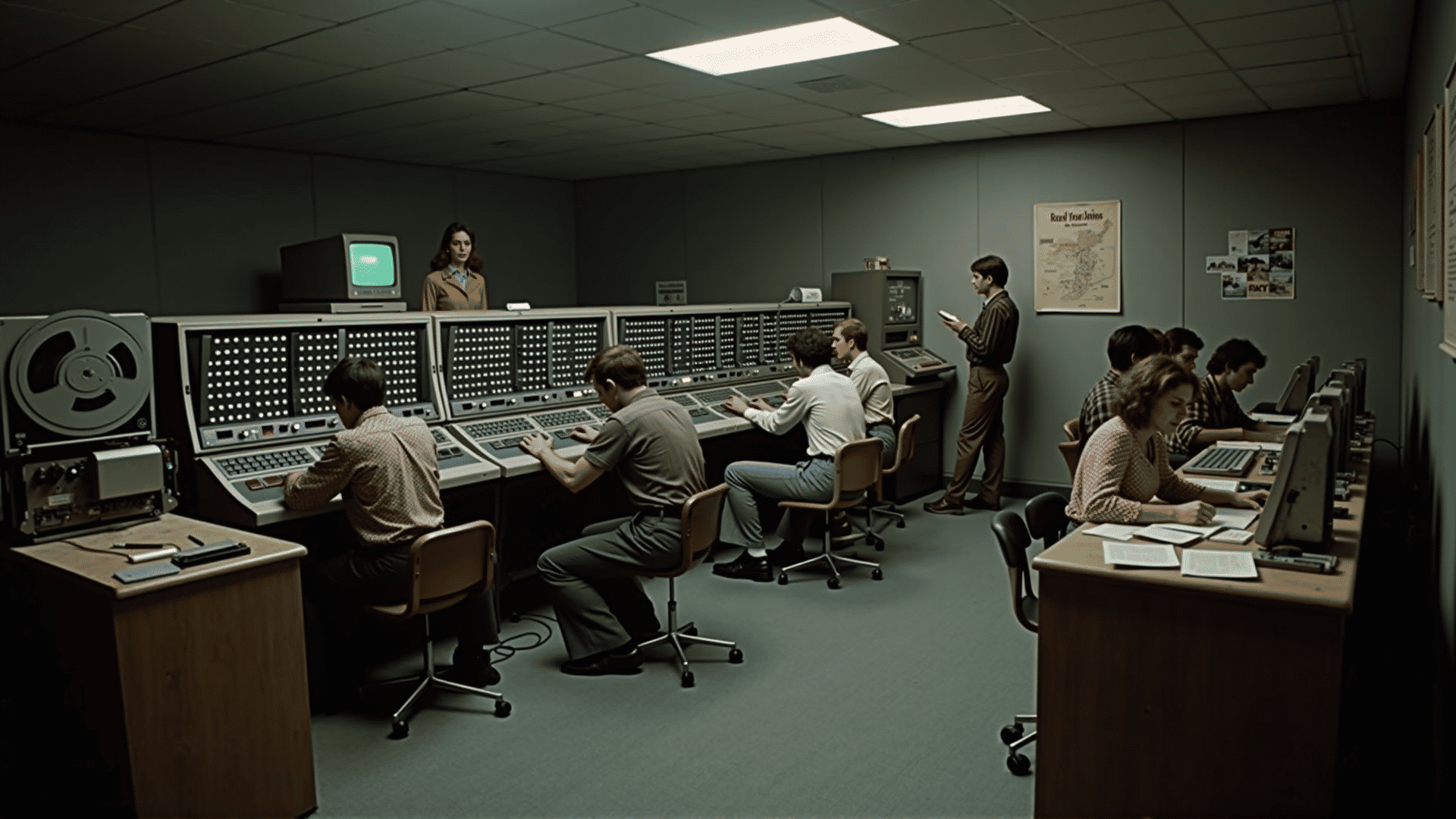The period between 1951 and 1989 laid the foundation for the digital age, though much of it remains overshadowed by the glamour of contemporary technological advancements. Vintage computing during these years was marked by groundbreaking experimentation, much of which took place in unexpected venues. Of particular interest is how these innovations resonated with and were adopted by communities that might otherwise have been marginalized from such technological discourse, especially among the economically disadvantaged in the Netherlands.
In the early days of computing, machines such as the UNIVAC I and the IBM 650 were marvels of innovation. They were mammoth in size and cost, accessible only to governments, large corporations, and prestigious universities. However, the real story of vintage computing lies beyond the confines of these institutions. It unfolds in smaller, less conspicuous spaces where passion for technology burned bright, often among those who couldn't afford these new machines but found ways to engage with their concepts and limitations.
In the Netherlands, a country known for its forward-thinking approach and lived social equality, computing began to trickle down to various segments of society. The late 1960s and the early 1970s saw the emergence of hobbyist groups dedicated to exploring computing technology. These grassroots movements played a significant role in advancing the narrative of vintage computing.
Dutch youth, in particular, were captivated by the burgeoning possibilities of digital technology. Schools began establishing computer clubs, where students could tinker with microcomputers, a smaller and more affordable counterpart to the mainframe behemoths. These clubs were often managed with restricted resources yet thrived due to the pure determination and imagination of their members.
The socio-economic backdrop of the Netherlands during this period, marked by efforts toward increasing access to education and technological literacy, facilitated this grassroots tech culture. For families with limited financial resources, these clubs and community initiatives were lifelines to learning and creativity. Young enthusiasts who couldn't afford formal education in computing found camaraderie and knowledge-sharing opportunities here.
As the 1980s approached, the introduction of personal computers like the ZX Spectrum, Commodore 64, and the early Apple models democratized access to computing further. These machines, while limited by today’s standards, were powerful enough to foster a generation of programmers and video game enthusiasts. This digital revolution found particular resonance in under-resourced communities, where the possibility of scripting code or designing simple games offered new horizons and career possibilities.
The legacy of this era is profound. The skills honed and the community bonds formed in those underfunded clubs laid the groundwork for a generation that would go on to significantly shape the technology landscape in Europe and beyond. Moreover, the Netherlands' early recognition of the importance of accessible computing helped pave the way for its robust digital economy today.
The forgotten era of vintage computing is more than a mere precursor to modern digital advancements. It is a story of tenacity, curiosity, and innovation that transcended economic barriers. It reminds us that the spirit of ingenuity often flourishes in the least expected places and that the seeds of today’s technological wonders were sown, in part, by those who had little else but a dream and the willingness to make it real.
